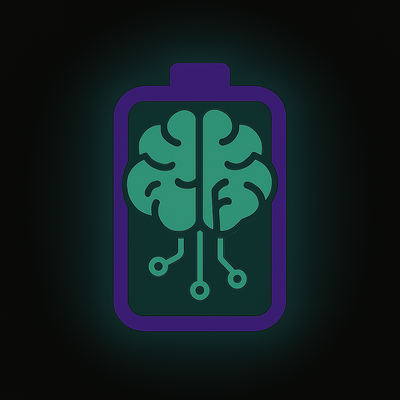Deep-cycle batteries are built to last but a lot of them don’t. What should be a 4–6 year battery ends up dead after just 1 or 2 seasons. Sound familiar?
The truth is, most deep-cycle battery failures aren’t due to defects. They’re caused by user error, poor charging habits, or just not knowing the rules of proper care.
Here’s a breakdown of the most common reasons deep-cycle batteries die young and exactly what you can do to make sure yours isn’t next.
Reason #1: Letting It Sit Too Long Without Charging
Batteries naturally self-discharge over time. If the voltage drops too low and stays there, sulfation kicks in lead sulfate crystals form on the plates and harden, reducing capacity permanently.
Prevention:
- Recharge as soon as possible after use
- Use a battery maintainer if the battery sits for weeks or months
Tool: Battery Tender Junior Maintainer
Reason #2: Over-Discharging
Draining your battery to zero (or close to it) over and over destroys its lifespan. The deeper the discharge, the fewer cycles it can handle.
| Discharge Level | Expected Cycle Life |
| 30% DoD | 1500+ cycles |
| 50% DoD | ~1000 cycles |
| 80%+ DoD | 400–600 cycles |
Prevention:
- Avoid going below 12.0V on a 12V battery
- Use a voltmeter or monitor to track depth of discharge
Tool: Victron Bluetooth Battery Monitor
Reason #3: Using the Wrong Charger
A mismatched charger (like a basic car charger) can:
- Undercharge AGM or Gel batteries
- Overcharge flooded batteries and boil off electrolyte
- Skip key charging stages (bulk, absorb, float)
This causes long-term damage, especially in sealed batteries that can’t be refilled.
Prevention:
- Use a smart charger with the right battery type settings
Charger pick: NOCO Genius10 Smart Charger
Reason #4: Skipping Maintenance (Flooded Batteries)
Flooded deep-cycle batteries need a little TLC:
- Electrolyte level checks
- Terminal cleaning
- Topping off with distilled water Neglecting these basics leads to dry plates, corrosion, and eventual failure.
Prevention:
- Check water levels every 1–3 months
- Clean terminals and add anti-corrosion protection
Suggested item: CRC Terminal Cleaner
Reason #5: Storing It in Bad Conditions
Extreme heat, freezing cold, or high humidity can shorten battery life especially if it’s stored discharged or directly on concrete.
Prevention:
- Store fully charged in a cool, dry place
- Use a battery box and maintainer for long-term storage
Reason #6: Mixing Old and New Batteries
In multi-battery setups (solar, RVs, golf carts), mixing a new battery with old ones:
- Unbalances the system
- The new battery works harder
- Overall performance suffers, and everything wears out faster
Prevention:
- Replace all batteries in a bank at once
- Match type, age, and capacity
Final Thoughts
Most deep-cycle battery failures are preventable. You don’t need fancy equipment just a few smart habits and the right tools.
Quick Survival Checklist:
- Charge after every use
- Don’t drain below 50%
- Use a smart charger
- Maintain flooded batteries
- Store them safely
- Replace in matched sets
Do these consistently, and your battery bank won’t just last longer it’ll perform better, save you money, and never leave you guessing.

